Hunting in California's Zone A-South presents significant challenges due to its rugged terrain, intense heat, and water scarcity, all of which demand meticulous preparation and physical conditioning. Experienced hunters emphasize the importance of strategic access to remote canyons via satellite scouting and the necessity for persistence to successfully hunt the elusive coastal California blacktail. Reports indicate that the area becomes congested during opening weekends as hunters from Southern California overwhelm the zone, negatively impacting game behavior and visibility, particularly for species like deer and bear. To increase hunting success, it's advisable to avoid peak pressure times and focus on less trafficked periods while understanding the legal complexities of hunting on state lands, where pursuing game requires cautious planning and possibly applying for sponsored hunts.




